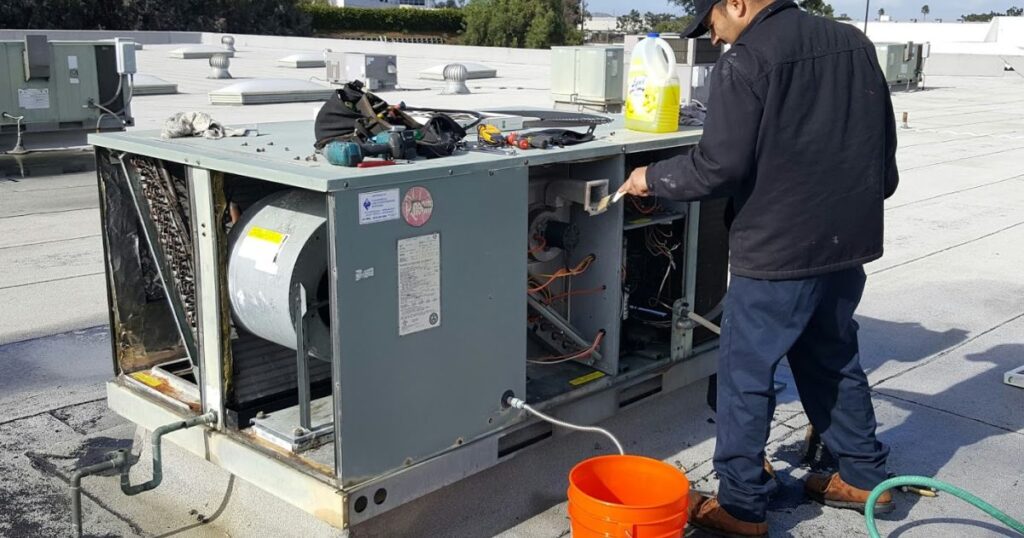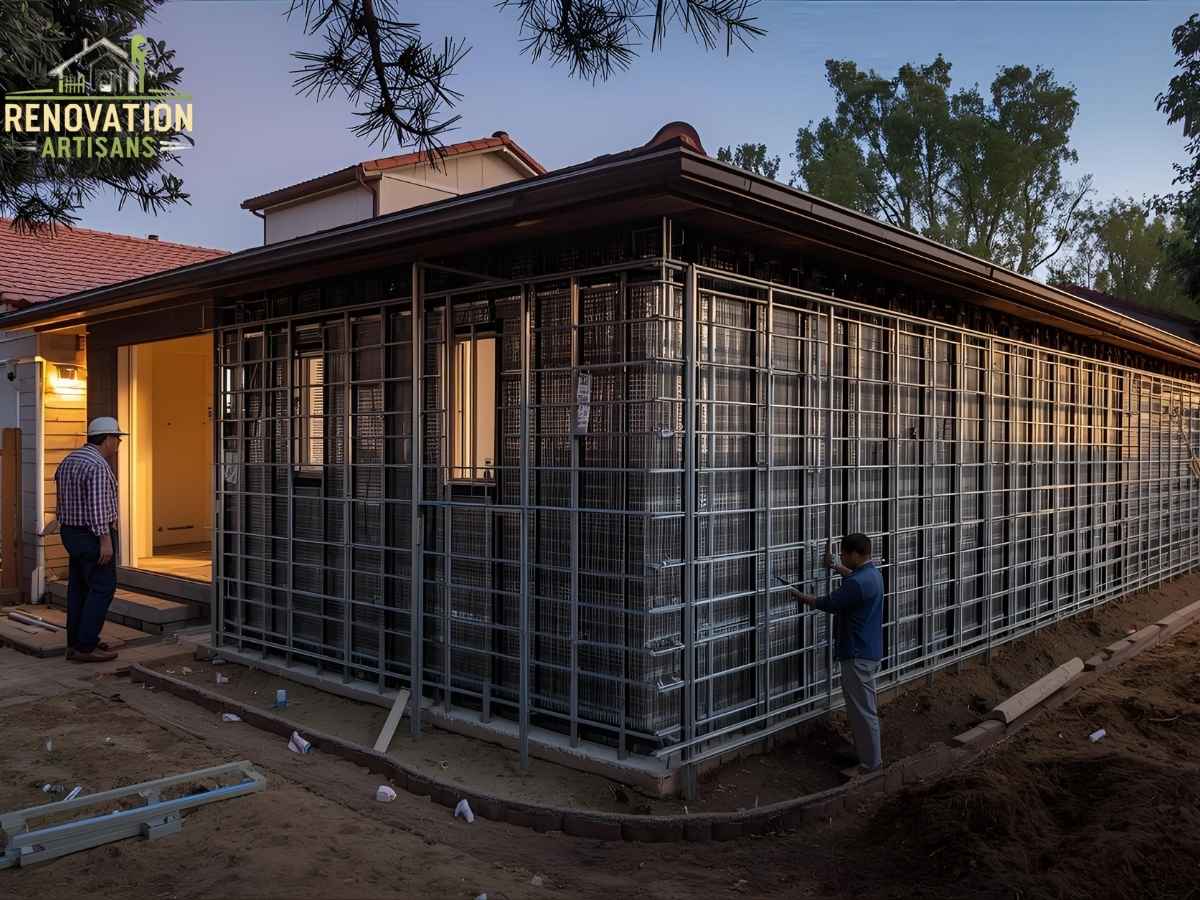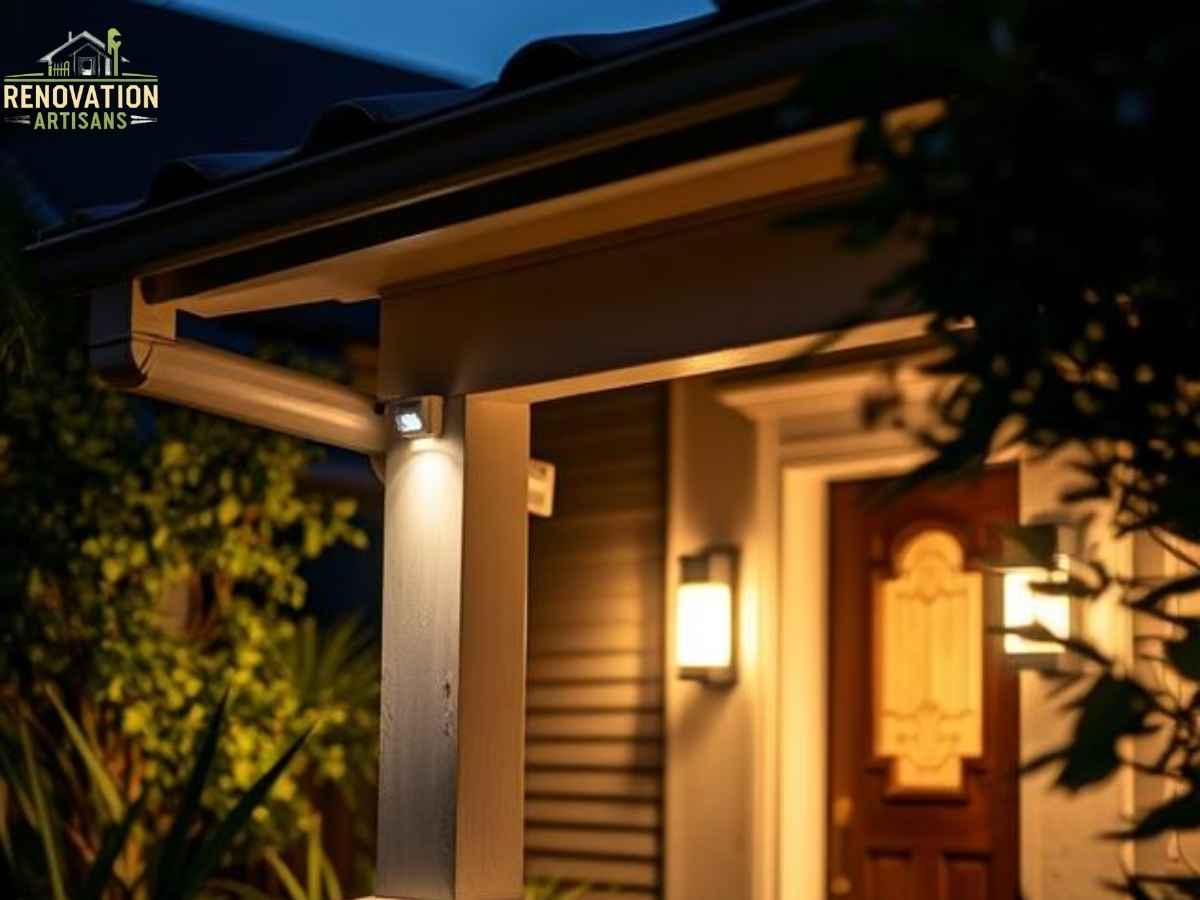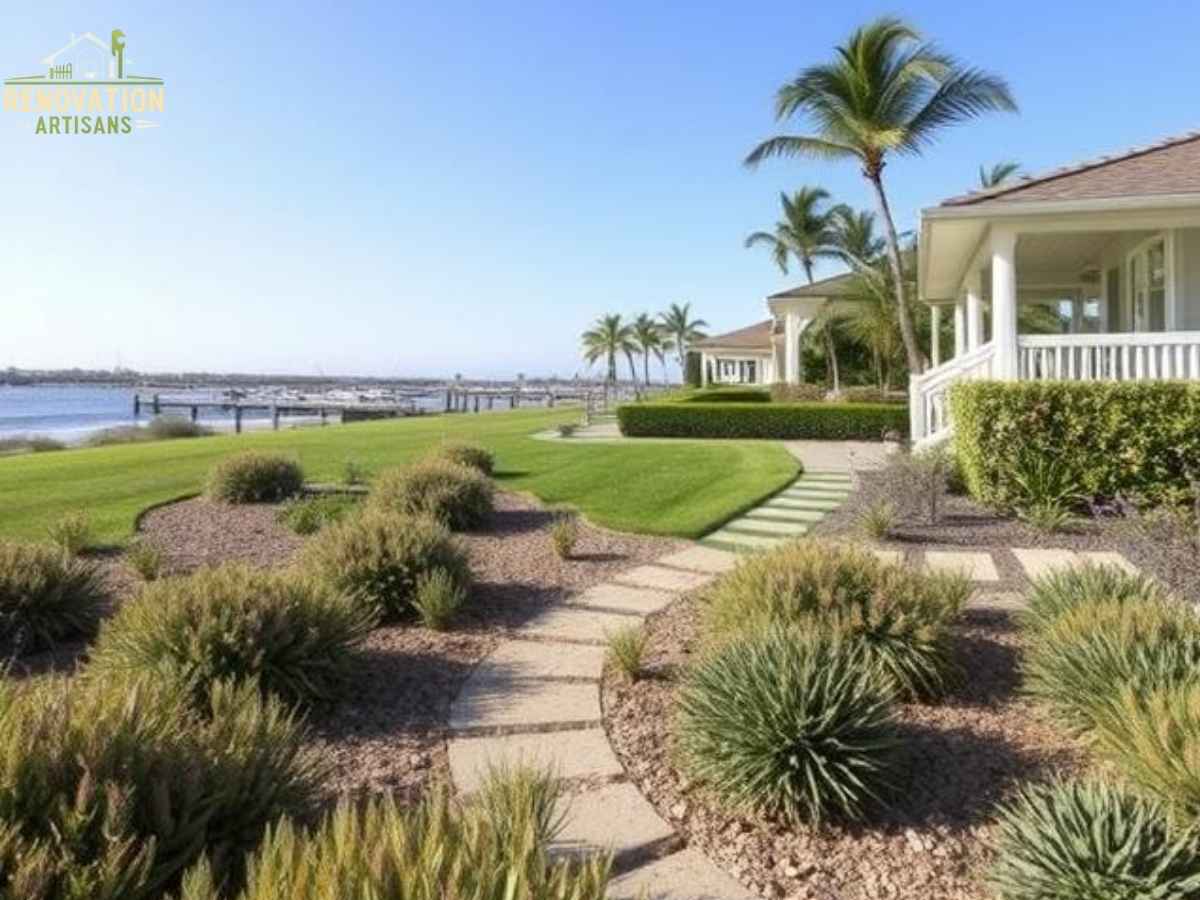When the air conditioning fails at a downtown restaurant during the lunch rush, or when a Beverly Hills retail store loses cooling just as weekend shoppers arrive, Los Angeles business owners understand the critical importance of reliable commercial HVAC systems. Picture that sweltering July afternoon in Century City (90067) when office workers couldn’t concentrate, or the recent incident in Arts District (90013) where a tech startup’s servers overheated due to inadequate cooling. These scenarios highlight why commercial HVAC repair in Los Angeles isn’t just about comfort—it’s about preserving productivity, protecting equipment, and maintaining customer satisfaction in a city where temperatures regularly soar past 90°F.
Los Angeles businesses face unique HVAC challenges that residential systems never encounter. From the coastal humidity affecting Santa Monica offices (90401) to the inland heat stressing Burbank facilities (91501), commercial properties demand robust, specialized systems capable of handling heavy daily use. Unlike home units, commercial HVAC systems operate continuously, servicing large spaces with complex layouts, multiple zones, and varying occupancy loads. When these systems fail, the consequences ripple through every aspect of business operations.
Understanding LA’s Commercial HVAC Demands
Los Angeles’s Mediterranean climate creates year-round demands on commercial HVAC systems. Summer temperatures averaging 84°F, combined with Santa Ana winds and occasional wildfire smoke, push cooling systems to their limits. Coastal areas like Manhattan Beach (90266) battle salt air corrosion, while inland zones such as Van Nuys (91401) endure triple-digit heat waves. These conditions create a perfect storm for equipment stress, requiring specialized maintenance and repair expertise.
Climate Challenges Across LA Counties
Downtown Core (90013-90071): High-rise buildings with complex ventilation requirements and urban heat island effects intensifying temperatures by 5-8°F above surrounding areas.
Hollywood & West Hollywood (90028, 90069): Aging buildings requiring system upgrades to handle modern occupancy loads while maintaining historic facades.
Santa Monica & Venice (90401, 90291): Ocean proximity creates humidity challenges and accelerated corrosion of metal components, particularly in ductwork and condenser units.
San Fernando Valley (91316, 91401): Extreme temperature swings from 45°F winter mornings to 105°F summer afternoons, demanding versatile heating and cooling capabilities.
Business-Specific HVAC Requirements
Commercial establishments face diverse cooling and heating demands based on their industry and operational needs. Restaurants require powerful ventilation systems to handle kitchen heat and grease, while retail stores need precise temperature control to maintain customer comfort and protect merchandise. Office buildings must balance energy efficiency with occupant comfort across multiple floors and zones.
Data centers and tech companies in Silicon Beach (90291) require specialized cooling systems running 24/7 to prevent expensive equipment failures. Medical facilities need precise humidity control and air filtration. Manufacturing plants in industrial areas like Vernon (90058) demand heavy-duty systems capable of handling process heat and maintaining worker safety standards.
Common Commercial HVAC Problems in Los Angeles
Business owners throughout LA County encounter predictable HVAC issues that can cripple operations if not addressed promptly. Understanding these common problems helps property managers recognize warning signs and take preventive action.
Refrigerant Leaks and System Aging
Aging commercial units, particularly those over ten years old, frequently develop refrigerant leaks. California’s R-410A phase-out has made refrigerant costs skyrocket 3-10 times historical prices, making leak detection and prompt repair crucial for controlling expenses. Coastal properties face accelerated corrosion from salt air, while inland facilities battle thermal expansion and contraction cycles that stress refrigerant lines.
Electrical System Overloads
Many older commercial buildings in neighborhoods like Koreatown (90005) and Mid-Wilshire (90010) still operate on electrical systems designed decades ago. Modern HVAC equipment demands significantly more power, leading to frequent circuit trips, overheated panels, and system shutdowns. These electrical issues require coordinated upgrades involving both HVAC technicians and licensed electricians.
Poor Indoor Air Quality
Los Angeles businesses increasingly focus on indoor air quality, especially after recent wildfire seasons. Inadequate filtration, dirty ductwork, and malfunctioning ventilation systems create health risks for employees and customers. Poor air quality also impacts productivity, with studies showing 6-9% decreases in cognitive function when CO2 levels exceed 1,000 ppm.
How often should commercial HVAC systems be serviced in Los Angeles? Most LA businesses benefit from quarterly maintenance visits, with monthly service recommended for restaurants, medical facilities, and other high-demand environments.
What’s the average cost of commercial HVAC repair in Los Angeles? Commercial HVAC repairs typically range from $300-$1,500 for common issues, with major system replacements costing $5,000-$25,000 depending on building size and complexity.
Do old Los Angeles buildings require special HVAC considerations? Absolutely. Buildings constructed before 1980 often need electrical upgrades, improved ductwork access, and enhanced insulation to support modern HVAC systems effectively.

Case Studies: Real Los Angeles Business Solutions
Three distinct commercial properties across different LA neighborhoods showcase how targeted HVAC interventions restore operational efficiency and comfort.
Case Study 1: Downtown Restaurant Emergency Repair
When Maria Gonzalez’s authentic Mexican restaurant in the Fashion District (90015) lost air conditioning during a busy Saturday evening, customer complaints mounted quickly. The 35-year-old rooftop unit had suffered a compressor failure, likely due to inadequate maintenance and excessive runtime during recent heat waves.
Lion’s HVAC responded within two hours, installing a temporary cooling system while sourcing replacement parts. They discovered the existing electrical service was undersized for modern equipment demands, requiring coordination with a licensed electrician. Within 48 hours, a new energy-efficient unit was operational, complete with upgraded electrical service and smart thermostat controls. The restaurant now enjoys 25% lower energy bills and consistent cooling during peak service hours.
Case Study 2: Beverly Hills Retail Space Renovation
A luxury boutique in Beverly Hills (90210) faced uneven cooling that drove customers away from certain merchandise areas. The original 1970s ductwork created hot spots near the front windows while overcooling the back sections. Traditional repair approaches couldn’t address the fundamental design flaws.
Air-Tro’s engineering team redesigned the entire air distribution system, installing mini-duct technology to provide precise zone control. The new system includes variable refrigerant flow (VRF) technology, allowing independent temperature control for different retail zones. Installation required careful coordination to avoid disrupting daily operations, with most work completed during overnight hours. The boutique now maintains consistent 72°F temperatures throughout, and merchandise placement is no longer constrained by HVAC limitations.
Case Study 3: Santa Monica Office Building Upgrade
A three-story office building near Santa Monica Pier (90401) housed multiple small businesses sharing a central HVAC system installed in 1985. Tenants complained about inconsistent temperatures, high energy bills, and frequent breakdowns affecting productivity.
NEXGEN HVAC conducted a comprehensive energy audit, revealing that the original system was oversized for current occupancy and lacked proper zoning controls. They installed a modern building automation system with individual tenant controls, upgraded to high-efficiency equipment, and sealed ductwork throughout the building. The building now qualifies for LADWP rebates, reducing overall energy consumption by 30% while providing precise comfort control for each tenant suite.
Top 3 Commercial HVAC Service Providers in Los Angeles
Los Angeles business owners rely on these established commercial HVAC specialists for reliable repair, maintenance, and installation services.
- Lion’s HVAC
Serving downtown LA to the San Fernando Valley since 2015, Lion’s HVAC specializes in emergency commercial repairs and same-day installations. Their certified technicians handle everything from rooftop units to complex building automation systems. Licensed and insured with 24/7 emergency service. Visit lionshvac.com for immediate assistance. - Air-Tro Heating & Air Conditioning
Based in Pasadena with 75+ years of commercial experience, Air-Tro operates as a full-service design-build contractor with licensed mechanical engineers on staff. They excel at complex projects including clean rooms, pharmaceutical facilities, and high-static air handlers. Explore comprehensive services at airtro.com. - NEXGEN Air & Plumbing
Operating throughout Los Angeles, Orange, and Riverside counties, NEXGEN provides commercial HVAC installation, replacement, and repair with guaranteed quality service. They offer lifetime warranties on select equipment and free estimates. Their technicians are licensed, insured, and background-checked. Learn more at nexgenairandplumbing.com.
Local Resources and Regulatory Requirements
Navigating Los Angeles’s commercial HVAC landscape requires understanding local regulations, permits, and available incentives.
- LADWP Commercial Rebates: Up to $6,000 per ton for high-efficiency commercial AC units through https://www.ladwp.com/ladwp/faces/ladwp/commercial/rebates
- South Coast AQMD Regulations: Air quality management district requirements for commercial equipment at https://www.aqmd.gov/home/rules-compliance
- LA Building Safety Permits: Commercial HVAC permits and inspections through https://www.ladbs.org/services/core-services/plan-check-permits
- SoCalGas Commercial Programs: Energy efficiency incentives and financing at https://www.socalgas.com/for-your-business/rebates-incentives
- California Energy Commission: Title 24 compliance resources at https://www.energy.ca.gov/programs-and-topics/programs/building-energy-efficiency-standards
Preventive Maintenance Programs
Smart Los Angeles business owners invest in preventive maintenance programs to avoid costly emergency repairs and extend equipment lifespan. Comprehensive programs typically include quarterly inspections, filter replacements, coil cleaning, and system performance optimization.
Seasonal maintenance schedules prove especially valuable in LA’s climate. Spring preparation focuses on cooling system readiness—condenser coil cleaning, refrigerant level checks, and control calibration before peak season. Summer maintenance emphasizes efficiency monitoring during peak demand periods. Fall preparation ensures heating systems are ready for variable weather, while winter maintenance optimizes efficiency and plans for the following cooling season.
Commercial properties near the coast require additional corrosion prevention measures, while inland locations need robust heat rejection component maintenance. Digital maintenance platforms help facility managers track service schedules, manage multiple properties, and ensure compliance with manufacturer warranty requirements.
Energy Efficiency and Cost Management
Rising energy costs make HVAC efficiency a top priority for Los Angeles businesses. Commercial HVAC systems can account for up to 44% of a building’s total energy consumption, making efficiency improvements directly impact profitability.
Modern building automation systems provide real-time monitoring and control, automatically adjusting temperature settings based on occupancy and outdoor conditions. Variable frequency drives on motors reduce energy consumption during partial load conditions. High-efficiency filters improve air quality while maintaining optimal airflow.
Smart thermostats and zone controls allow precise temperature management, eliminating energy waste in unoccupied areas. Regular maintenance ensures systems operate at peak efficiency, with dirty coils and clogged filters increasing energy consumption by 15-30%.
Frequently Asked Questions
What are the most common commercial HVAC emergencies in Los Angeles businesses?
The most frequent emergencies include complete system failures during heat waves, refrigerant leaks causing inadequate cooling, electrical component failures, and frozen evaporator coils. Restaurants often face kitchen exhaust fan failures, while retail stores struggle with uneven cooling affecting customer comfort. Medical facilities and data centers require immediate response for any temperature control loss.
How do Los Angeles climate conditions affect commercial HVAC system lifespan?
LA’s year-round demand significantly impacts commercial HVAC longevity. Coastal properties face salt air corrosion reducing system life by 20-30%, while inland locations endure thermal cycling stress. Proper maintenance and corrosion protection can extend equipment life from the typical 15-20 years to 25+ years. Wildfire smoke requires more frequent filter changes and specialized air purification systems.
What permits are required for commercial HVAC work in Los Angeles?
Major commercial HVAC installations require permits from LADBS, including mechanical, electrical, and sometimes structural permits. Refrigerant work requires EPA certification. Rooftop installations may need additional approvals for structural modifications. Restaurant hood installations require coordination with fire departments. Most reputable contractors handle permit applications, but business owners should verify compliance.
How much should Los Angeles businesses budget for annual HVAC maintenance?
Commercial maintenance costs typically range from $150-$500 per ton of cooling capacity annually, depending on system complexity and service frequency. A typical 10-ton office system might cost $2,000-$4,000 yearly for comprehensive maintenance. Restaurants and medical facilities often spend 50-75% more due to increased service requirements and specialized equipment.
What energy efficiency rebates are available for LA commercial HVAC upgrades?
LADWP offers rebates up to $6,000 per ton for high-efficiency commercial units, with additional incentives for building automation systems. SoCalGas provides rebates for efficient heating equipment and building envelope improvements. Federal tax credits may apply to qualifying energy-efficient installations. Many utility programs also offer zero-interest financing for qualified commercial customers.
Conclusion
Los Angeles businesses cannot afford to compromise on commercial HVAC performance. From emergency repairs during scorching summer heat to preventive maintenance that avoids costly breakdowns, professional commercial HVAC service ensures operational continuity and customer satisfaction. Whether you operate a downtown restaurant, Beverly Hills retail store, or Santa Monica office building, investing in quality commercial HVAC repair and maintenance protects your bottom line while providing the comfortable environment your business demands. Contact Lion’s HVAC, Air-Tro, or NEXGEN today to ensure your commercial HVAC system delivers reliable performance year-round.


